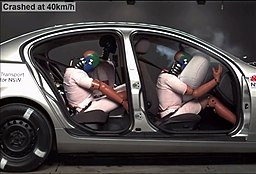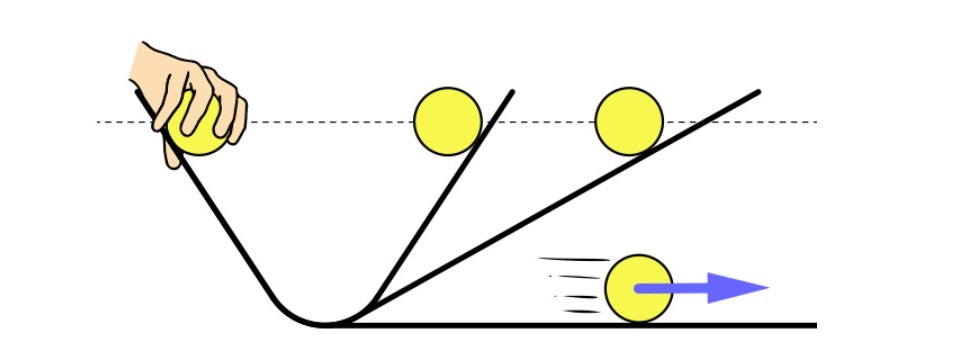
Have you ever wondered why the law makes us put on seat belts in cars? The simple answer is – because Newton’s first law would most likely get us seriously injured or killed if our car meet an accident when we are not wearing seat belts.
Which country’s law would kill people when they don’t wear seat belts ?
If you asked this question, then it is time to learn some physics. Newton’s first law is not a law that is made by people in some countries. It is a law of nature. This means that all objects in the world and maybe the universe must obey this law.
A law of nature is an observation of certain behaviour of things in nature that are found to be always true – often after many tests by scientists over many years. In the case of the seat belt example above, the relevant law is called Newton’s first law.
Newton’s first law was actually first discovered by Galileo over 400 years ago. Galileo noticed that if an object moves on a ground or table with very little friction, then it can keep moving for a long way before it stops.
He might have wondered if it would keep moving forever if there is no friction. This is difficult to check, because there would always be some friction in real life. So he thought of a simple way.

He used two inclined planes connected by a curved surface. When he let go of the ball on one side, he observed that the ball rolled up the same height on the other surface.
He then lowered that second surface to a more gentle slope and repeated the experiment. The ball rolled up the second surface to the same height again ! This also mean a longer distance as the slope is more gentle.
He deduced that :
- as the angle of the second slope gets smaller and smaller, the ball would always move up to the same height. This also means that it would get further along the slope,
- so if the second slope is horizontal, the ball would keep going forever unless we stop it with some force.
This conclusion is what we call Newton’s first law today :
“A body would remain at rest or continue moving in a straight line with constant speed until a force acts on it.”
So the first law is a law of nature, not a law passed by government in any country. In the 400 years after Galileo, Newton’s first law has been observed and confirmed to be correct over and over again.
But what has this got to do with seat belts?
Car accidents are unfortunate but they do happen. Usually, this is when a car hit some barrier – like another car. When this happens, the car would experience a big force from the other car.
This big force can cause the car to suddenly come a stop – in a very short time. According to Newton’s first law, however, the passengers would tend to continue moving at the same speed there is nothing to stop them.
When the car stopped suddenly, the passengers would continue moving and crash into the car doors or windows at high speed. This would almost certainly lead to serious injuries.
Since governments know that accidents do happen, they made it a law that passengers must put on seat belts. So if a car crash happens, the seat belts would hold back the passengers and prevent them from crashing into the windows in front.
But of course, with high impact on the seat belt itself and high speed broken parts of the car in a crash, seat belts could not prevent all injuries.
According to an American government website, seat belts can reduce deaths or critical injuries by about 50%.
Conclusion
Learning physics and mathematics can help us behave more responsibly in our actions and save lives, like putting on seat belts rather than dismissing it as something useless.
You can learn these concepts and more at Dr Hock's maths and physics tuition.